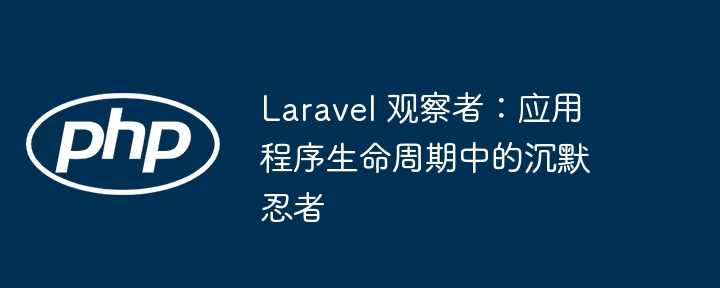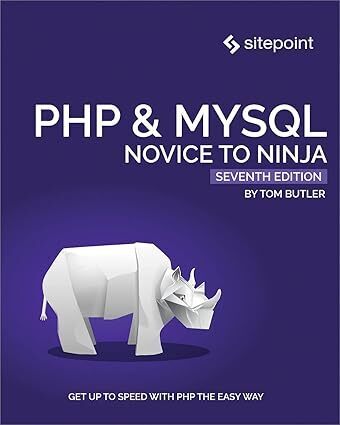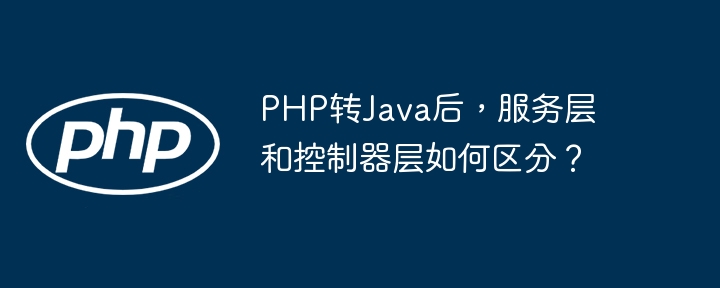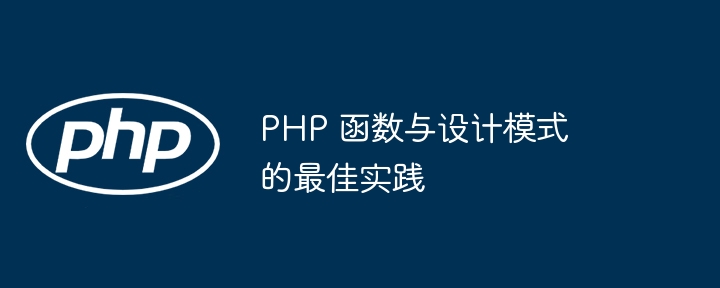随着互联网的不断发展,数据的存储和处理变得越来越重要。MongoDB是一种NoSQL数据库,它在存储非结构化数据方面非常适用。在PHP开发中,我们可以采用MongoDB来存储数据,为应用程序提供高性能的数据存储方案。本文将介绍如何在PHP中使用MongoDB实现数据存储。
一、安装MongoDB扩展
首先,我们需要在PHP中安装MongoDB扩展。可以通过以下命令下载该扩展:
pecl install mongodb
安装完成后,在php.ini文件中添加以下行以激活扩展:
extension=mongodb.so
接下来可以重启Apache或Nginx服务来使该配置生效。
二、连接MongoDB
在使用MongoDB之前,我们需要先连接到MongoDB服务器。连接的方法非常简单,只需要在PHP代码中创建一个MongoDB Client对象即可。以下是示例代码:
<?php
//连接MongoDB
$mongo = new MongoDBClient("mongodb://localhost:27017");
?>在上述示例中,我们通过MongoDBClient类创建了一个MongoDB的客户端对象,并且连接到了本地服务。
三、MongoDB数据库和集合
在MongoDB中,数据被组织在数据库中,并使用集合来存储数据。在MongoDB中,一个数据库可以包含多个集合,而每个集合又可以包含多个文档。MongoDB的基本结构如下:
MongoDB Server -> Database -> Collection -> Document
在PHP中,我们可以通过MongoDBClient对象来选择数据库,然后选择特定的集合。以下是示例代码:
<?php
//连接MongoDB
$mongo = new MongoDBClient("mongodb://localhost:27017");
//选择数据库
$database = $mongo->selectDatabase("my_database");
//选择集合
$collection = $database->selectCollection("my_collection");
?>在上述示例中,我们使用selectDatabase()方法连接到了一个名为"my_database"的数据库,并使用selectCollection()方法选择了一个名为"my_collection"的集合。
四、插入文档
在MongoDB中,我们可以使用insertOne()方法来插入单个文档并使用insertMany()方法插入多个文档。以下是示例代码:
<?php
//连接MongoDB
$mongo = new MongoDBClient("mongodb://localhost:27017");
//选择数据库
$database = $mongo->selectDatabase("my_database");
//选择集合
$collection = $database->selectCollection("my_collection");
//插入单个文档
$insertResult = $collection->insertOne([
"name" => "John Doe",
"email" => "john@example.com",
"age" => 30
]);
//插入多个文档
$insertManyResult = $collection->insertMany([
[
"name" => "Jane Doe",
"email" => "jane@example.com",
"age" => 25
],
[
"name" => "Bob Smith",
"email" => "bob@example.com",
"age" => 35
]
]);
?>在上述示例中,我们通过insertOne()方法插入了一个文档,并使用insertMany()方法插入了两个文档。
五、查询文档
在MongoDB中,我们可以使用find()方法来查询一个或多个文档。以下是示例代码:
<?php
//连接MongoDB
$mongo = new MongoDBClient("mongodb://localhost:27017");
//选择数据库
$database = $mongo->selectDatabase("my_database");
//选择集合
$collection = $database->selectCollection("my_collection");
//查询单个文档
$document = $collection->find([
"email" => "john@example.com"
])->toArray();
//查询多个文档
$documents = $collection->find([
"age" => [
'$gt' => 25
]
])->toArray();
?>在上述示例中,我们使用了find()方法进行查询操作。在第一个查询中,我们查找了一个email地址为"john@example.com"的文档。在第二个查询中,我们搜索了age大于25岁的所有文档。除了上述查询条件之外,还可以根据需要使用其他查询条件。
六、更新文档
在MongoDB中,我们可以使用updateOne()来更新单个文档,使用updateMany()来更新多个文档。以下是示例代码:
<?php
//连接MongoDB
$mongo = new MongoDBClient("mongodb://localhost:27017");
//选择数据库
$database = $mongo->selectDatabase("my_database");
//选择集合
$collection = $database->selectCollection("my_collection");
//更新单个文档
$updateResult = $collection->updateOne([
"name" => "John Doe"
], [
'$set' => [
"email" => "johndoe@example.com"
]
]);
//更新多个文档
$updateManyResult = $collection->updateMany([
"age" => [
'$gt' => 30
]
], [
'$set' => [
"age" => 40
]
]);
?>在上述示例中,我们使用了updateOne()方法来更新一个文档,使用updateMany()方法来更新多个文档。
七、删除文档
可以使用deleteOne()方法删除单个文档,使用deleteMany()方法删除多个文档。以下是示例代码:
<?php
//连接MongoDB
$mongo = new MongoDBClient("mongodb://localhost:27017");
//选择数据库
$database = $mongo->selectDatabase("my_database");
//选择集合
$collection = $database->selectCollection("my_collection");
//删除单个文档
$deleteResult = $collection->deleteOne([
"name" => "John Doe"
]);
//删除多个文档
$deleteManyResult = $collection->deleteMany([
"age" => [
'$lt' => 30
]
]);
?>在上述示例中,我们使用了deleteOne()方法来删除单个文档,使用deleteMany()方法来删除多个文档。
八、总结
在本文中,我们简要介绍了如何在PHP中使用MongoDB实现数据存储。首先,我们安装了MongoDB扩展来提供对MongoDB的访问。然后,连接到MongoDB服务器,选择数据库和集合,并执行插入、查询、更新和删除文档的操作。通过使用MongoDB,PHP开发人员可以为其应用程序提供一个高性能的数据存储解决方案。





